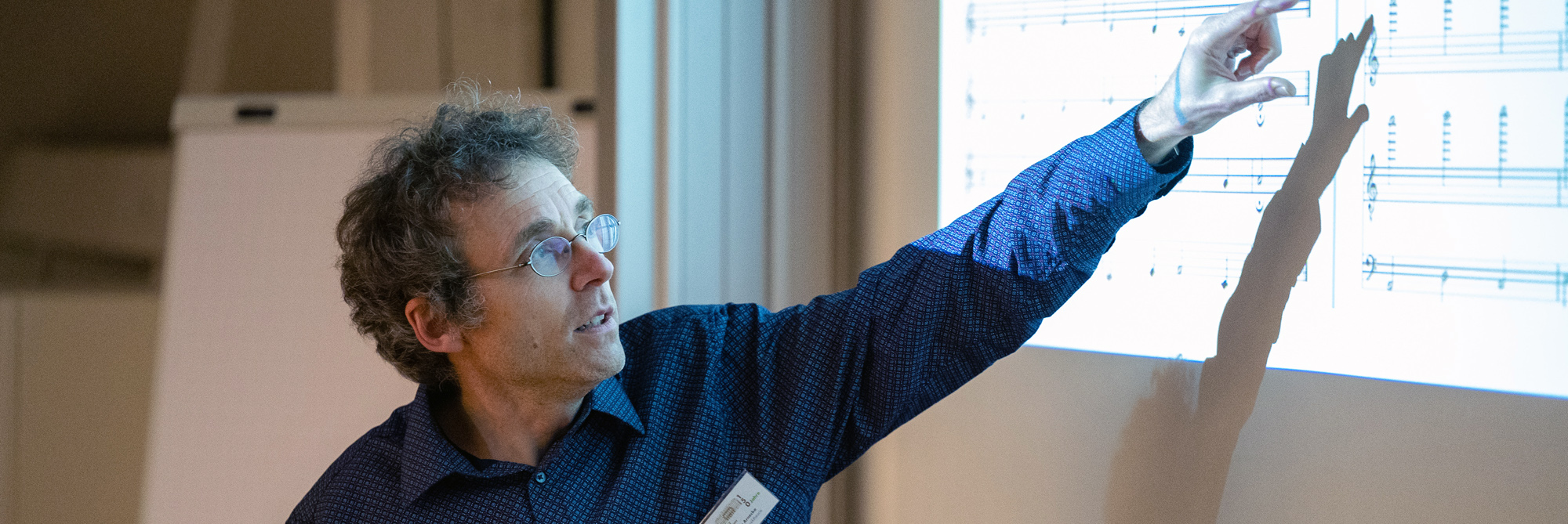The subject of music theory
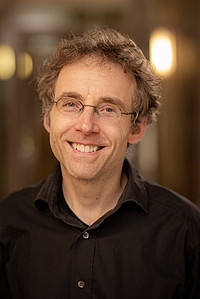
Prof Jörn Arnecke about his subject:
Music theory has a special impact on the university: Almost all students come into contact with it. We have the opportunity to expand and consolidate their thinking - which is usually based on their own instrument. This includes constantly scrutinising our training and the conditions under which we view music.
For music theory, the main subject is therefore the force field: committed students work artistically on style-related compositions, we discuss texts and their categorisation and relevance for teaching, we look for new ways. For aural training, this also means developing forms of practice that strengthen competences for later musical careers in a special way.
The subject "Praktische Gehörbildung", which is particularly close to my heart, invites students to experiment and apply their skills: In dialogue with conducting students, it enables me not only to teach in an application-oriented way, but also to learn by listening myself.
Ear training
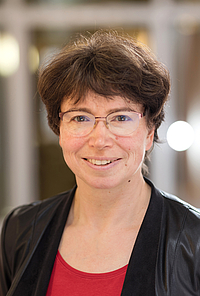
Elke Reichel about this subject:
It is difficult for me to choose a favourite subject, as it is the variety of music theory subjects that makes my job so appealing. I am particularly fond of listening education programmes. Listening to music is a joyful experience in everyday life, provided it is voluntary. However, aural training as a compulsory or minor subject at university is often perceived as stressful, even frightening. I try to show how we can use our rich treasure trove of listening experience, which we have acquired from early childhood, indeed "from the womb" through conscious and unconscious listening, but also through our own music-making, for intelligent and insightful listening. For me, listening education at the conservatory means training the ears of future artists and teachers for their professional practice. Far beyond the notation of pitch, tone duration and sound sequences, aural training takes place there primarily in active creative processes - when playing literature, composing, improvising or in analytical discussions. My aim is to provide impulses for this.
Rhythm sight-reading training
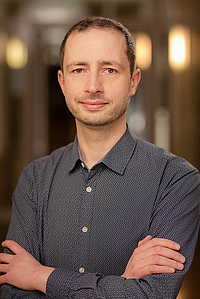
Marcus Aydintan about this subject:
This course uses numerous exercises to train quick understanding and confident performance of rhythms. Each session centres on an orchestral or chamber music work with a specific (poly)rhythmic problem. At regular intervals, these rhythms are also practised on your own instrument with individual arrangements to improve your prima vista playing. The course is offered in two levels of difficulty, as an introductory course and for advanced students.
Harmony
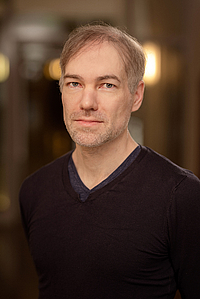
Florian Kleissle about this subject:
I see my teaching focus in the minor subject of harmony as being to visualise the different musical epochs based on their individual compositional techniques and to open up the resulting scope for musical interpretation, which is important for future professional musicians. Furthermore, the picture of the musical aesthetics of an epoch that is gained should, on the one hand, clarify the stylistic characteristics of individual composers and, on the other hand, it is important to me to establish a connection from this picture to the respective cultural zeitgeist that goes beyond the musical.
Hearing analysis 1 / work analysis 1 and hearing analysis 2 / work analysis 2

Marcus Aydintan about this subject:
Symphonic and chamber music works of the 19th century are analysed in terms of their compositional, harmonic and formal characteristics by listening to shorter and longer sections and analysing the musical text. Sketches and earlier versions will also be used to provide information on the genesis of the works. In the elective area, the course Listening and Work Analysis 2 can then be taken - here the focus is on chamber music and orchestral works from the first half of the 20th century, in particular by Claude Debussy, Maurice Ravel, Igor Stravinsky and Sergei Prokofiev.
Theory-accompanying piano playing

Marcus Aydintan about this subject:
Music theory on the piano - improvising on given basses, basso continuo, cadenza and score playing are integral parts of these lessons. Content from the music theory subjects is presented in a variety of playful ways on the piano. The participants can also set individual focal points.
Künstlerischer Tonsatz

Marcus Aydintan about his subject:
The subject "Künstlerischer Tonsatz" is about inventing music in the musical language of various composers, for example in the form of art songs or short chamber music and piano works. After prior analysis, an intensive and lively examination of historical compositional techniques takes place in the creative process.
Instrumentation

Prof. Jörn Arnecke about this subject:
The possibilities of the symphony orchestra never cease to fascinate me. Contour or soft focus, mixed or split sound, brightness or gloom - there are hardly any limits to the inventions. At the same time, this discipline is historically rooted, and in order to understand the compositions, it is worth taking a close look at the instrumental requirements of the individual eras and which techniques were used. The study of instrumentation thus also provides deeper insights into composition, analysis, form and style.
Arranging

Elke Reichel about this subject:
Arranging is applied music theory. It is about placing a work from its original context into a new one while preserving the essence, the essence of its structure and message, ideally even making it 'shine even brighter'. Everything is possible, from a 'literal translation' to a free reinterpretation: whether a string serenade becomes a horn quartet, a traditional becomes an arrangement for a school class, a 19th century piano work becomes a symphony orchestra movement or a Renaissance dance becomes a tango, the course participants decide according to their inclinations and professional ambitions.
